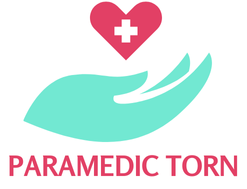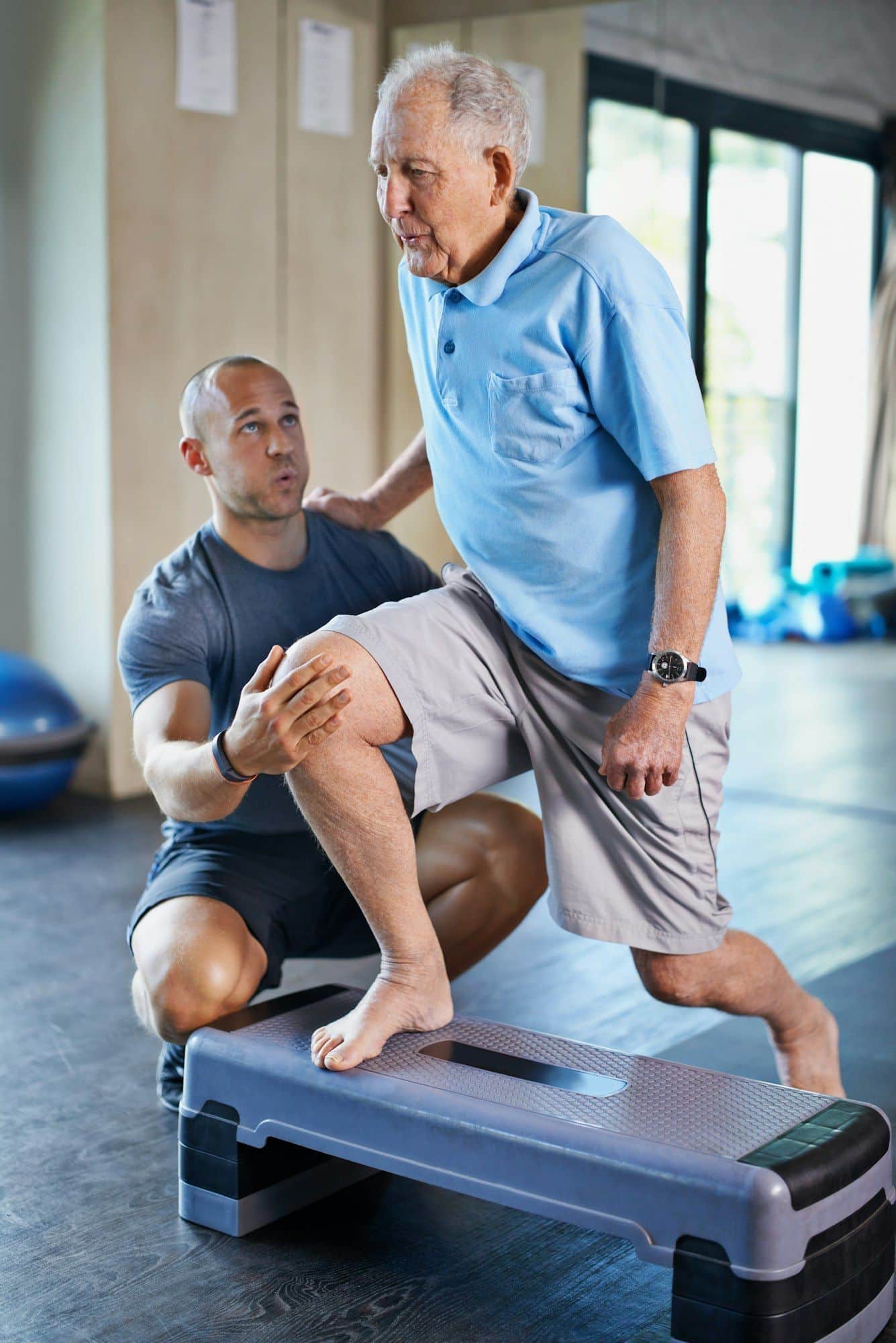Aquatic therapy offers stroke survivors a unique and effective pathway to recovery. By harnessing the properties of water, this therapeutic approach reduces stress on joints while providing a supportive environment for movement. Stroke patients can strengthen muscles, regain coordination, and improve overall mobility without the limitations often felt on land. Discover the transformative impacts of aquatic therapy and how it can unlock new potentials for rehabilitation and healing in stroke recovery.
Overview of Aquatic Therapy
Aquatic therapy, a specialised form of physical therapy, utilises the unique properties of water to aid in stroke rehabilitation. This form of therapy is based on principles such as buoyancy, resistance, and hydrostatic pressure, which collectively offer a supportive environment for patients. The buoyant nature of water reduces the strain on joints, allowing for greater freedom of movement and reducing the risk of injury during exercises.
Also to read : Sculpt your smile : the essential guide to masseter reduction
Historically, aquatic therapy has been embraced as an effective rehabilitation method due to its gentle yet effective approach. Its evolution in stroke rehabilitation has seen it become a preferred choice for many therapists. This is largely because it provides a controlled environment where patients can safely regain strength and mobility without the fear of falling.
When compared to traditional rehabilitation methods, aquatic therapy offers distinct advantages. Traditional methods often involve weight-bearing exercises which can be challenging for stroke patients. In contrast, the water's resistance in aquatic therapy provides a natural form of resistance training, enhancing muscle strength and endurance. This method also promotes relaxation and reduces pain, making it a beneficial choice for many undergoing stroke rehabilitation.
Also to see : Unlocking Heart Health: How Regular Thermal Therapy Benefits Middle-Aged Men
Efficacy of Aquatic Therapy for Stroke Recovery
Aquatic therapy has gained recognition in the realm of evidence-based practice for its substantial role in stroke recovery. Numerous research studies have highlighted its effectiveness, providing a solid foundation for its use in clinical settings.
Research studies highlighting effectiveness
Studies have consistently demonstrated that aquatic therapy can lead to significant improvements in therapeutic outcomes for stroke survivors. For instance, research has shown enhanced balance and coordination in patients who undergo aquatic therapy compared to those who engage solely in land-based exercises. This is largely attributed to the supportive nature of water, which allows patients to practice movements with reduced fear of falling.
Key metrics for measuring recovery
To assess the efficacy of aquatic therapy, various metrics are employed. These include improvements in muscle strength, range of motion, and overall mobility. Progress is often measured through standardised tests such as the Berg Balance Scale and the Timed Up and Go test, providing tangible evidence of recovery.
Specific benefits for stroke survivors
Stroke survivors particularly benefit from aquatic therapy due to its ability to cater to individual needs. The buoyant environment allows for gradual progression in exercises, while the natural resistance of water aids in rebuilding muscle strength and endurance, making it a versatile tool in stroke rehabilitation.
Personal Testimonials and Case Studies
Aquatic therapy has been a transformative experience for many stroke survivors, as evidenced by numerous success stories and case studies. Real-life examples highlight the profound impact of this therapy on individuals' recovery journeys. For instance, one stroke survivor, John, shared how aquatic therapy helped him regain confidence and mobility. Initially unable to walk unaided, John's sessions in the pool gradually improved his balance and strength, allowing him to return to activities he once enjoyed.
Therapists and healthcare providers often witness these remarkable transformations. They note that the supportive water environment not only aids physical recovery but also boosts emotional well-being. Patients frequently express feeling more hopeful and motivated after engaging in aquatic therapy, as the water's buoyancy offers a sense of freedom and accomplishment.
The emotional and psychological benefits of aquatic therapy are significant. Stroke survivors report reduced anxiety and depression, attributing this to the therapy's calming nature and the sense of community in group sessions. These personal testimonials underscore the holistic advantages of aquatic therapy, making it a valuable component of stroke rehabilitation.
Practical Tips for Incorporating Aquatic Therapy
Implementing aquatic therapy into rehabilitation programs requires thoughtful planning and consideration of individual needs. By understanding key implementation strategies, patients and therapists can maximise the benefits of aquatic exercises.
Recommended Aquatic Therapy Exercises for Stroke Survivors
Stroke survivors can benefit from a variety of aquatic exercises designed to enhance recovery. Some effective exercises include:
- Water walking: Utilises water resistance to improve balance and coordination.
- Leg lifts: Strengthen lower body muscles with the support of water.
- Arm circles: Enhance upper body strength and flexibility.
These exercises can be adjusted to match the patient's ability level, ensuring a safe and effective workout.
Guidelines for Creating a Personalised Aquatic Therapy Program
Creating a personalised aquatic therapy program involves assessing the patient's specific needs and goals. Key guidelines include:
- Conducting an initial evaluation to determine functional abilities.
- Setting achievable, progressive goals.
- Regularly reviewing and adjusting the program based on progress.
By tailoring the program, patients can experience improved outcomes and a more enjoyable rehabilitation journey.
Resources for Finding Aquatic Therapy Facilities
Finding the right aquatic therapy facility is crucial for successful implementation. Resources such as local rehabilitation centers, hospitals, and community pools often offer specialised programs. Consulting with healthcare providers can also lead to recommendations for suitable facilities.
Safety Considerations and Accessibility in Aquatic Therapy
Ensuring safety and accessibility in aquatic therapy is crucial for effective stroke rehabilitation. Safety guidelines are essential to prevent accidents and ensure a secure environment. Facilities should maintain clean, well-maintained pools with non-slip surfaces. Lifeguards or trained staff should always be present to supervise sessions. Proper equipment, such as flotation devices, can aid those with limited mobility.
Addressing accessibility challenges is vital for stroke survivors. Common barriers include pool entry and exit, which can be challenging for those with mobility issues. Installing ramps or lifts can significantly improve access, making therapy more inclusive. Additionally, clear signage and accessible changing rooms are important to enhance the overall experience.
The role of caregiver support in aquatic therapy cannot be understated. Caregivers provide essential assistance, from helping patients change into swimwear to offering encouragement during sessions. They can also help in monitoring the patient's progress and ensuring adherence to safety protocols. By actively participating, caregivers contribute to a supportive environment, fostering confidence and motivation in stroke survivors. This collaborative approach ensures that aquatic therapy remains a safe and accessible option for rehabilitation.











